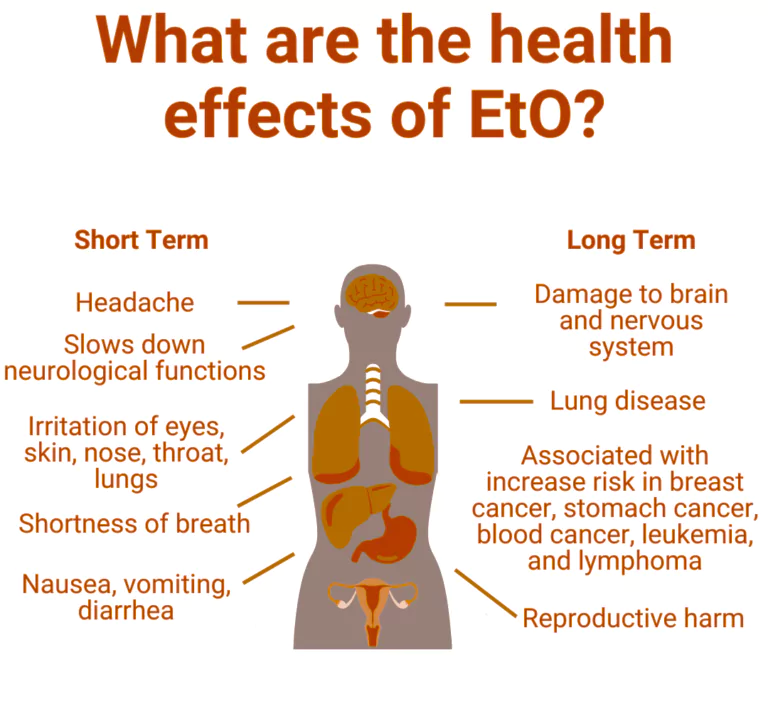![]() 23 Apr 2024
23 Apr 2024
The Food Safety and Standards Authority of India (FSSAI) has commissioned quality checks on the spice mixes of 2 leading spice brands in India.
The Food Safety and Standards Authority of India (FSSAI):
|
|---|

| Must Read | |
| NCERT Notes For UPSC | UPSC Daily Current Affairs |
| UPSC Blogs | UPSC Daily Editorials |
| Daily Current Affairs Quiz | Daily Main Answer Writing |
| UPSC Mains Previous Year Papers | UPSC Test Series 2024 |
<div class="new-fform">
</div>